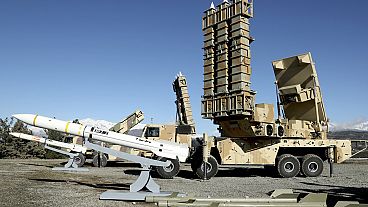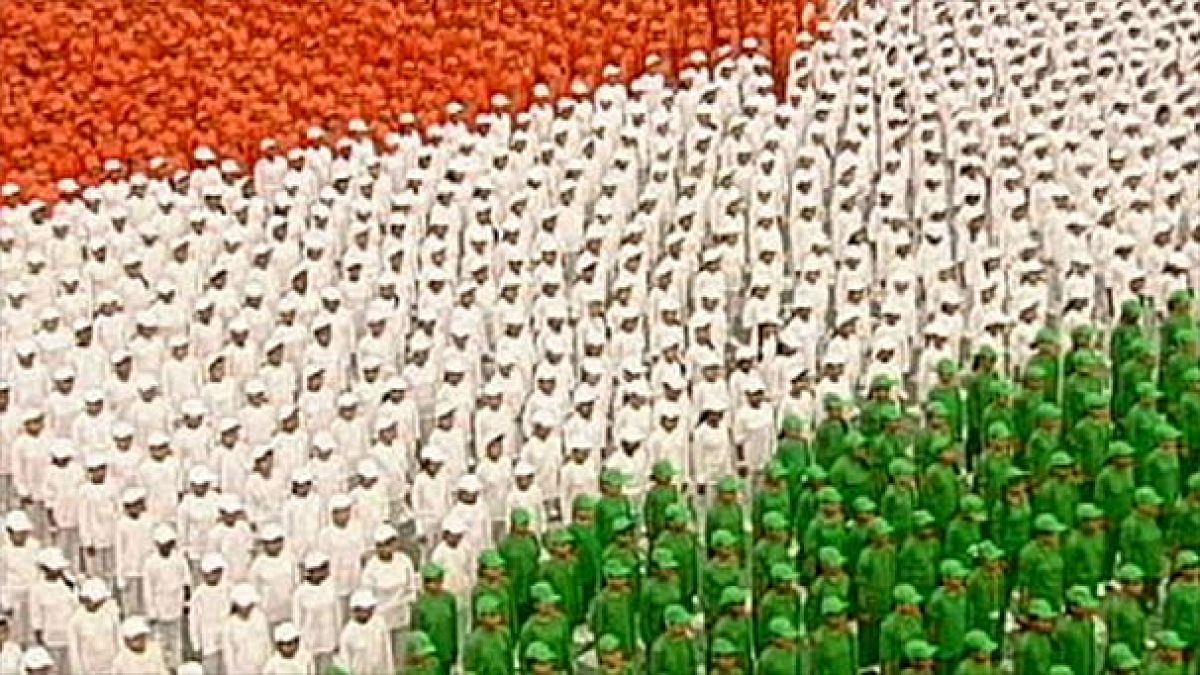The world’s largest democracy is getting ready for the biggest elections the world has ever seen.
An incredible 814 million people are now eligible to elect India’s 16th parliament since gaining independence from Britain in 1947– an electorate larger than the entire population of Europe.
With a 100 million new-registered voters, India’s electorate is five times bigger than the 146 million people who were registered to vote in the 2012 elections in the USA – the world’s second largest democracy.
From April 7 voters will cast their ballots at 930,000 polling stations – also a 100 million more than in the last parliamentary elections – to elect members for India’s 543-seat Lok Sabha (lower house).
Up to four million workers will be deployed during the polling, which will go through nine different phases during April since, logistically speaking, it is impossible to conduct the poll on a single day.
India is the second most populated country in the world and speaks over 24 distinct regional languages. The separate phases will allow security personnel to travel across the vast country.
Counting the votes is going to take place on a single day: May 16.
This year’s elections will pit the country’s two largest parties: the Indian National Congress (INC), the governing party since 2004, and the Bahratiya Janata Party (BJP), the main opposition party, against a host of smaller parties such as the Third Front, which is an 11-party coalition.
There are also new contenders this year: Aam Adami Party (AAP), literally “common man’s party”. Led by Arvind Kejriwal, the Indian Institute of Technology Kharagpur alumni, the AAP has made a great debut in provincial elections in December 2013.
But the battle rests between India’s two political camps: the INC and its allies, and the opposition and its supporting parties.
Corruption scandals and failure in pushing through reforms have shaken the ruling INC to its core in recent years. In addition, the scion of the INC, Manmohan Singh, and India’s Prime Minister for the 10th year, is retiring and has ruled himself out as a candidate. Observers expect India’s oldest and most prominent political dynasty, the INC, to struggle in the elections.
On the other hand, Narendra Modi, the leader of the Hindu nationalist BJP topped popularity surveys recently. With his humble origins – as a young boy selling tea at railways stations – Modi has been able to project a lower class voice and gain the youth’s popular support. But Modi is also India’s most polarized political figure mainly due to his indirect involvement in the Hindru rampage against Muslims in Gujarat 2002 in which at least 1,000 people were killed, according to the Economist.
Indians elections are notoriously difficult to predict. But all political analysts agree that this year’s elections are the most significant dimcoratic act since 1989, and the most costly too. Indian politicians are estimated to have spent up to $4.9 billion (around 3.6 billion euros) during the electoral contest – second only to the most expensive U.S. presidential campaign in 2012, according to the Center for Media Studies.


